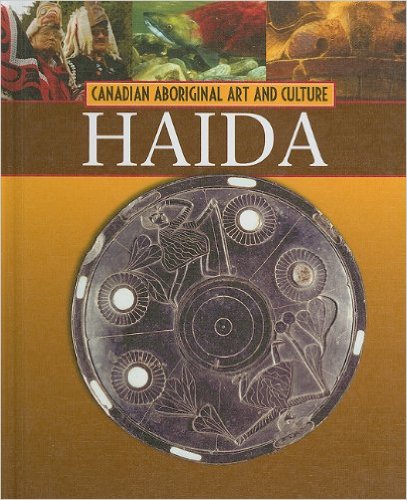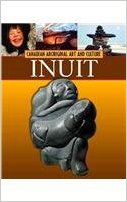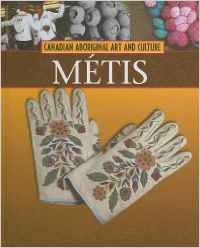| ________________
CM . . .
. Volume XXII Number 27. . . .March 18, 2016
excerpt:
Part of the six-volume “Canadian Aboriginal Art and Culture” series, these books provide information about a variety of topics, including homes, clothing, food, tools and weapons, religion, celebrations and ceremonies, music and dance, language, storytelling and art. Colourful side panels provide additional information related to the topic. What is evident is that, despite the influence of the contact with Europeans, First Nations groups are working diligently to preserve their culture and traditions. Each book has a timeline, a recipe for a traditional food from the specific culture, and also features a First Nations artist. The text is written in fairly short sentences and is easy to comprehend. Each volume ends with a 10-question quiz. A table of contents, a glossary, an index and a list of books and web sites for further research are also included. Illustrations consist of vivid colour photographs and drawings, and a map indicating the area of Canada in which the particular group of people settled. Decorative borders, along the top and bottom of each page, are representative of artwork created by the featured First Nations group. There are about 4,000 Haida in Canada today, half of whom live in Haida Gwaii off the coast of British Columbia. Years ago, they lived in cedar plank longhouses shared by 35-70 people. Haida communities were composed of families who belonged to one of two clans, the Raven and the Eagle. In Haida, readers will not only learn about the history of the Haida people, but also about their current form of government and the cultural importance of the potlatch. A recipe for halibut soup is provided, and, though it is quite easy to make and, perhaps, gives readers an idea of what the Haida ate, it is not really authentic in that it uses canned soup and evaporated milk as two of the ingredients. The nomadic lifestyle of the early Inuit people was based on the migratory cycles of animal herds such as the caribou. Few present-day Inuit rely on hunting for survival, and their lives, for the most part, are very similar to those of other Canadians. Inuit demonstrates how Canada’s harsh northern environment has influenced, among other things, clothing and home design, and compares and contrasts the daily life of the modern Inuit to that of their ancestors. Readers will enjoy some of the trivia included in the side panels, some examples of which are that an Inuit man was not allowed to marry until he knew how to build an igloo, and that a large whale could feed an entire community for a year. A simple bannock recipe, requiring few ingredients, is provided. Recognized in 1982 as a distinct people by the Canadian government, the Métis represent one group of aboriginal peoples. More than 200,000 Métis live in Canada today. In the past, the Métis lived in log and sod homes in communities that sprang up along fur trade routes. Métis highlights the many contributions of this group. These include the York boat, which enabled large cargo shipments to be sent along the river, the Red River cart, whose trails created some of the roads and railway lines still in use today, fiddle music and jigging, and tufting, a technique of creating patterns on fabrics, which employed moose or caribou hair. A recipe for classic Métis soup is included (one flaw is that it mixes metric and Imperial measurement). A good series that provides just enough general information. Recommended. Gail Hamilton is a former teacher-librarian in Winnipeg, MB.
To comment
on this title or this review, send mail to cm@umanitoba.ca.
Copyright © the Manitoba Library Association. Reproduction for personal
use is permitted only if this copyright notice is maintained. Any
other reproduction is prohibited without permission.
Next Review |
Table of Contents for This Issue
- March 18, 2016. |


